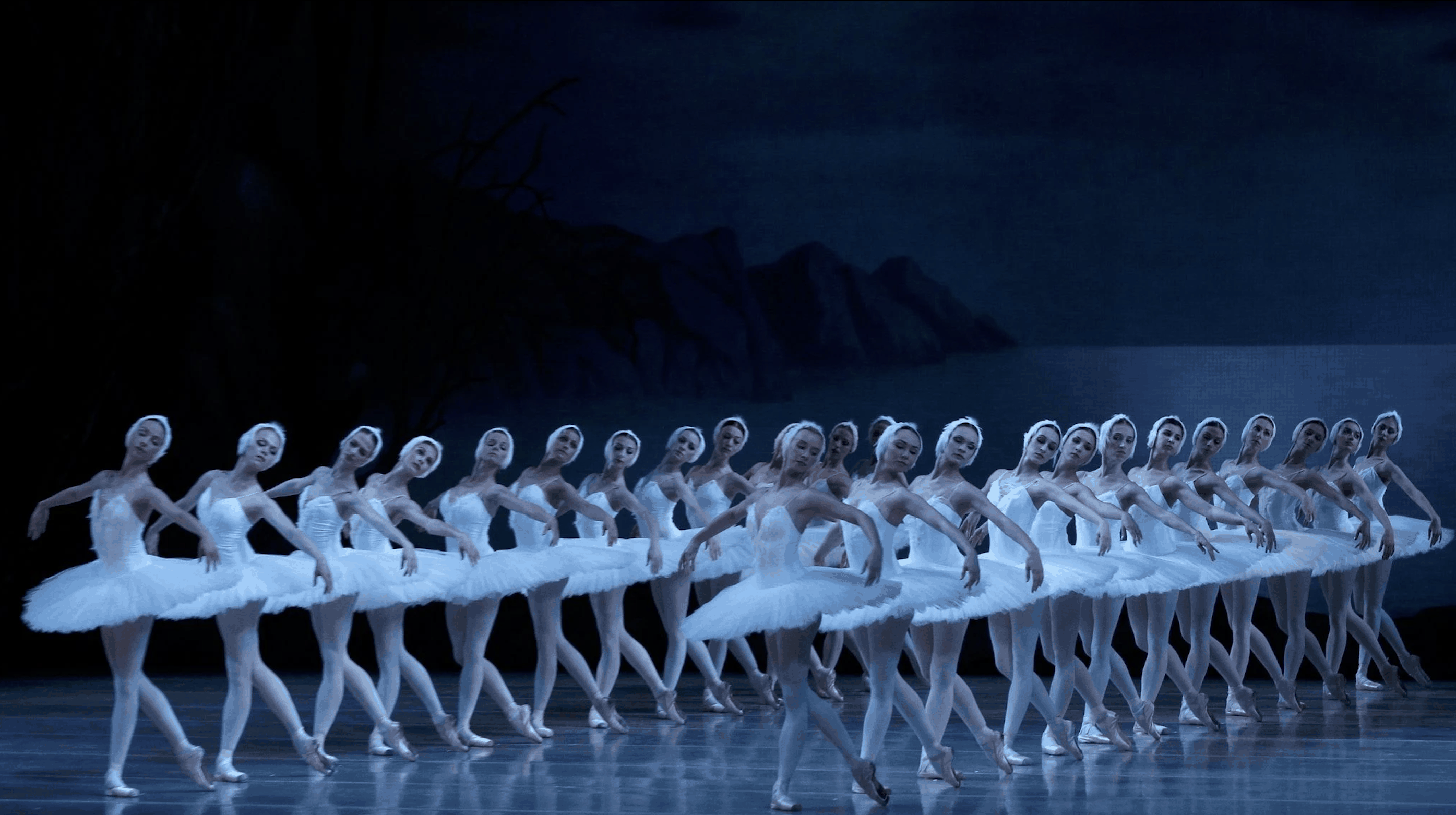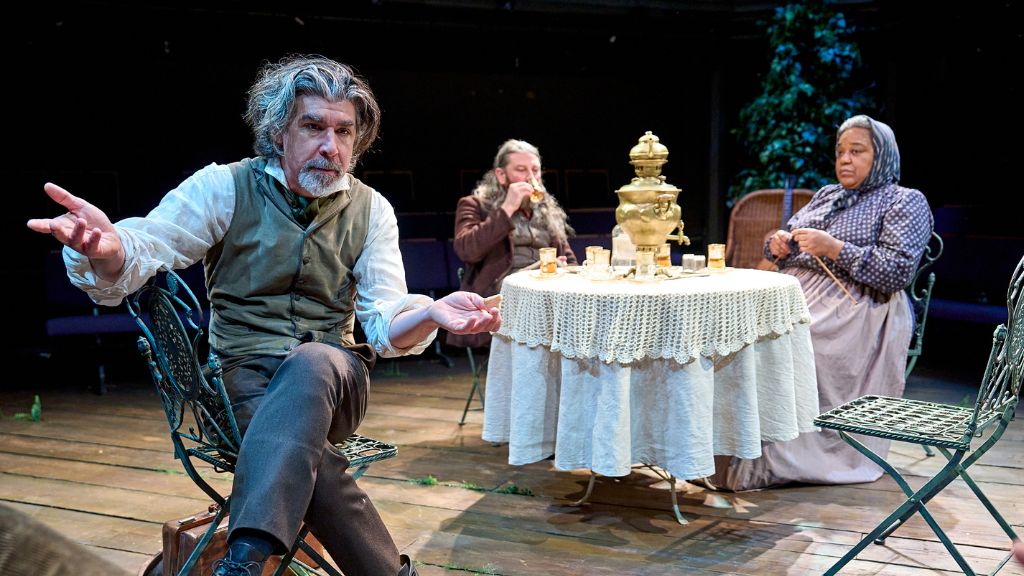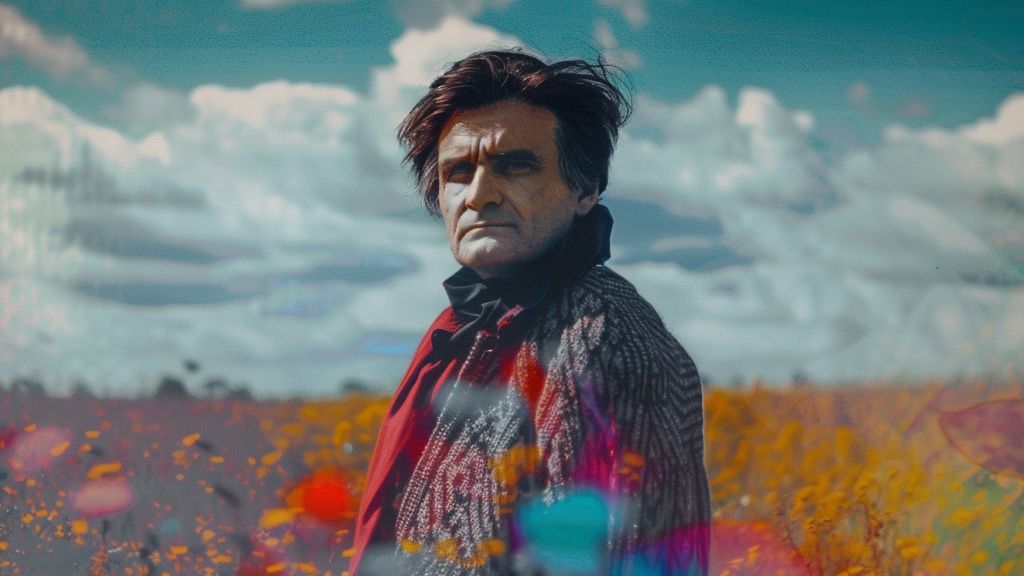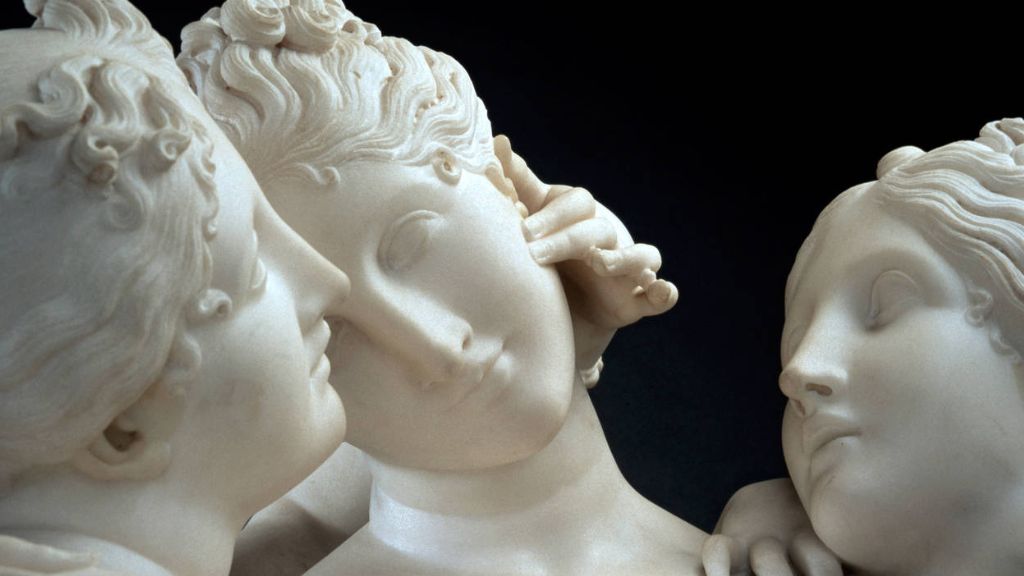
Swan Lake: Unusual Interpretations of the Timeless Classic
Swan Lake is a legendary ballet about forbidden love, which has already been capturing the hearts of audiences from all over the world for two centuries. A poetic love story of an enchanted beauty and a young prince accompanied by Tchaikovsky’s mesmerising musical score turned out to be a perfect success recipe making it perhaps the most famous ballet in the world. The premiere of the original performance took place on February 20, 1877 on the stage of the Bolshoi Theatre in Moscow, and for many years since then choreographers remained faithful to the classic version. However, contemporary art dictates new standards, replacing a conservative approach with a fresh creative vision that matches the spirit of the time. Afisha.London presents some of the brightest and most extraordinary productions of Swan Lake by Matthew Bourne, Mats Ek, Graeme Murphy and others.
Perhaps, creative richness of a certain work can be measured by its openness to interpretation and versatility. In that case, Swan Lake is a true masterpiece for it has been made into numerous adaptations in the past couple of decades, none of which can be considered uninspired or secondary. The classic ballet is particularly popular among European choreographers, and the reason for it may be the fact that Tchaikovsky was an honorary figure in Europe and, especially, in Great Britain. It was in the United Kingdom that he gave his first overseas concert, while in 1893 he was awarded an honorary doctorate from the University of Cambridge. Being a man of unprecedented talent and broad thought, the composer left behind a creative legacy unrestricted by time, culture, perception and other agents, which has been actively exploited by theatre directors and choreographers.

Swan Lake at the Mariinsky Theatre. Photo: Alexander Demianchuk/Reuters
There are different versions of Swan Lake’s origin story, and historians are still debating which one is more accurate. Most likely, Tchaikovsky adopted a German myth about the water nymph Undine, who lost her immortality after a loved one betrayed her. Swan Lake is imbued with the themes of forbidden love, infidelity and witchcraft: by the will of the evil sorcerer Rothbart, the beautiful Odette turns into a graceful swan. Together with other enchanted girls she is forced to live on the lake and take on her human form only at night. Meeting the young Prince Siegfried and him falling in love with her may as well lift Odette’s curse, but the sorcerer unites with Odile, the Black Swan, and makes it all the more difficult for the lovers. In the modern choreographers’ interpretations, however, this story looks very different.
Follow us on Twitter for more news about Russian culture and history
A Ballet-Provocation by Matthew Bourne
Matthew Bourne’s production of Swan Lake premiered in November 1995 at Sadler’s Wells Theatre in London. The choreographer proposed a revolutionary solution — the roles of all swans were to be performed by men. His swans are by no means fragile creatures suffering by the will of fate: in Bourne’s interpretation, Prince Siegfried is surrounded by muscular birds of prey, symbolising strength and power the indecisive descendant of the king very much needs. Instead of a traditional gendered drama, the viewer sees a spectacular dance of the prince with the leader of the swan flock, who must free Siegfried from his heavy shackles and grant him his freedom. Some saw this production as an ode to same-sex love, while some saw a hint of the story of the Prince of Wales, who at the time of the premiere was torn between his duty to the monarchy and his love for Camilla Parker Bowles. For this production Bourne has collected many theatrical awards as well as admiration around the world, and in 2016 he received knighthood from Prince Charles.
Mats Ek’s Lake of the Ugly Ducklings
In 1987, a pioneer of unusual interpretations, Mats Ek, presented the world with a scandalous parody of Swan Lake. Perhaps this is where all the incredible experiments in modern choreography of the 20th century began. Ek’s productions excited the audiences and enraged conservatives devoted to the classics. The talented Swede drew inspiration from neighbouring Denmark and Andersen’s tale of the ugly duckling. He transferred the beautiful and magical world of swans to the mortal earth, making them bald and awkward, while the prince became a dreamer and a failure. Through a skilful parody, the master of the grotesque conveyed the idea that it is impossible to achieve the ideal. Ek’s Siegfried dreams of an impeccable beauty but gets an ordinary ‘earthly’ woman with all of the human flaws and virtues. The main role in the production was performed by Ek’s wife, his eternal muse and the star of his Cullbert Ballet Ana Laguna.
Cabaret, Street Dance and Pure Jazz
The reboot of the traditional version of the ballet was a success for another Swede, Fredrik Rydman. His daring ideas and ultra-modern vision are reflected in his striking production Swan Lake: Reloaded, which in 2011 stunned Stockholm and then all of Europe. Due to the sophisticated choreography in the style of street dance, the performance was an incredible success. Rydman takes the viewer to the Red-Light District, where swans become prostitutes dancing in black boots, an evil sorcerer is a seductive drug dealer and Siegfried is a cocaine lover, while the prince’s task is to take his beloved off the needle. The plot is on the verge of absurdity and unfolds to a remake of Tchaikovsky’s music.
Satire and a Very Real Lake
Alexander Ekman decided not to skimp on the props and to completely recreate a real lake on the stage. Young, but already known for his ability to challenge the classics, the choreographer skilfully surprises the audience with the light frenzy of the script and stunning decorations. His version of the famous ballet was presented in the spring of 2014 at the Oslo Opera House. In an interview Ekman admitted that, in fact, his production has little in common with the original Swan Lake, apart from, of course, the lake itself – he just really wanted to have some water on the stage. And, we must say, it turned out looking very impressive. The dancers of the Norwegian National Ballet performed masterfully, while dancing in an impromptu reservoir.
A Retro Production about the Unhappy Love of Princess Diana
Australian choreographer Graeme Murphy was so inspired by the tragic love triangle between Princess Diana, Prince Charles and Camilla Parker Bowles that in 2002 he produced a new interpretation of Swan Lake. The action was transferred to the 1910s with the costumes matched to the chosen times. Odette is already engaged to the prince, who is not faithful to her, and instead of the sorcerer, the source of intrigues is a jealous Baroness. She locks the tender Odette in a hospital, but the lovers still manage to reunite for a short time. Murphy’s production is not as extravagant as Matthew Bourne’s and is more similar to the classical version of the ballet.
Illusions of a Mad King
Stories of famous monarchs have long been exciting the directors of different versions of Swan Lake. In 1976, the American John Neumeier, who scrupulously studied the biography of the Bavarian king Ludwig II, saw in him a resemblance to Prince Siegfried. Both were fans of swans and moonlight and both did not want to rule but desired ordinary human happiness. With the participation of artists from the Hamburg Ballet, Neumeier put on a shocking ballet Illusions Like Swan Lake. In it, Ludwig is a crazy king locked in a dungeon. In his mind there are only memories of swans and dreams of unrealisable love. For all the tragedy of the plot, the production came out very lively, with a built-in drama, elegant costumes and excellent choreography. This sensation of a performance continues to be very popular with audiences to this day.
Carnivals and Same-Sex Love
African dancer Dada Masilo is a young innovator, who combines contemporary choreography, ballet and African culture. In her productions Masilo raises moral and ethical issues related to homophobia, sexism and racism. Her male swan is pitch black. He is a salvation for the unfortunate Siegfried, whom the swan community is forcing to marry a white swan. The performance is imbued with the spirit of the carnival and the enthusiasm of talented dancers, while hip-hop and classical music alternate in the background. The performance involves 13 barefoot African artists in bright white tutus, whose dancing invigorates the viewers with explosive expression and sensual plasticity. The show premiered in September 2012 in Lyon and was later successfully shown in 30 European countries.
Some Like It Hot
This is caricature of Swan Lake from the most shocking male ballet company has become a vivid manifestation of contemporary art of the 21st century. The American Les Ballets Trockadero de Monte Carlo brought together talented dancers from different countries and has already been considered one of the most high-skilled troupes in the world for 40 years. In this parody, male dancers wear female dresses and amuse the viewers with provocative moves and an eccentric plot. For example, at the beginning of the dance of the little swans, the muscular artists in white tutus gracefully fall down but immediately rise up, continuing their ‘elegant’ dance. By the way, this is not the only caricature of swans from the male company — one of the troupe’s dancers once masterfully parodied the torment of a dying swan from the legendary dance-monologue that made Anna Pavlova famous.
A Russian Classic with an English Twist
In 1987, Anthony Dowell, a British choreographer and a star of The Royal Ballet, transports the viewer to Imperial Russia through his revision of Swan Lake. The choreographer diligently tried to recreate the realities of St. Petersburg at the end of the 19th century. Masquerades were in vogue back then, so designers worked hard to create richly embroidered costumes, while Fabergé eggs were used for a mysterious entourage. Dowell retained the classical choreography of the ballet, but to take the idea of Russianness even further, he made the dancers drink fake vodka on stage. In 2000, the choreographer resigned from the post of director of The Royal Ballet and since then participates in the fate of the production only as a producer. Thanks to him, the brilliant Cuban dancer Carlos Acosta shone in the role of Siegfried.
Experimental readings of the classics can be both admired and indignantly rejected. However, it is the never fading interest in a work that indicates that it is indeed a real masterpiece, which will live forever.
Follow us on Twitter for more news about Russian culture and history
Irina Latsio
Cover photo: Matthew Bourne’s Swan Lake (Johan Persson)
Read more:
A new streaming platform for the cinema of Russia and the former Soviet Union
Five British artists, who had a close connection to Russia
The Royal Ballet’s Natalia Osipova in a short film by Emmanuel Cuesta
SUBSCRIBE
Receive our digest once a week with quality Russian events and articles



